Home>Articles>Safety Precautions To Note When Working With Hand Tools
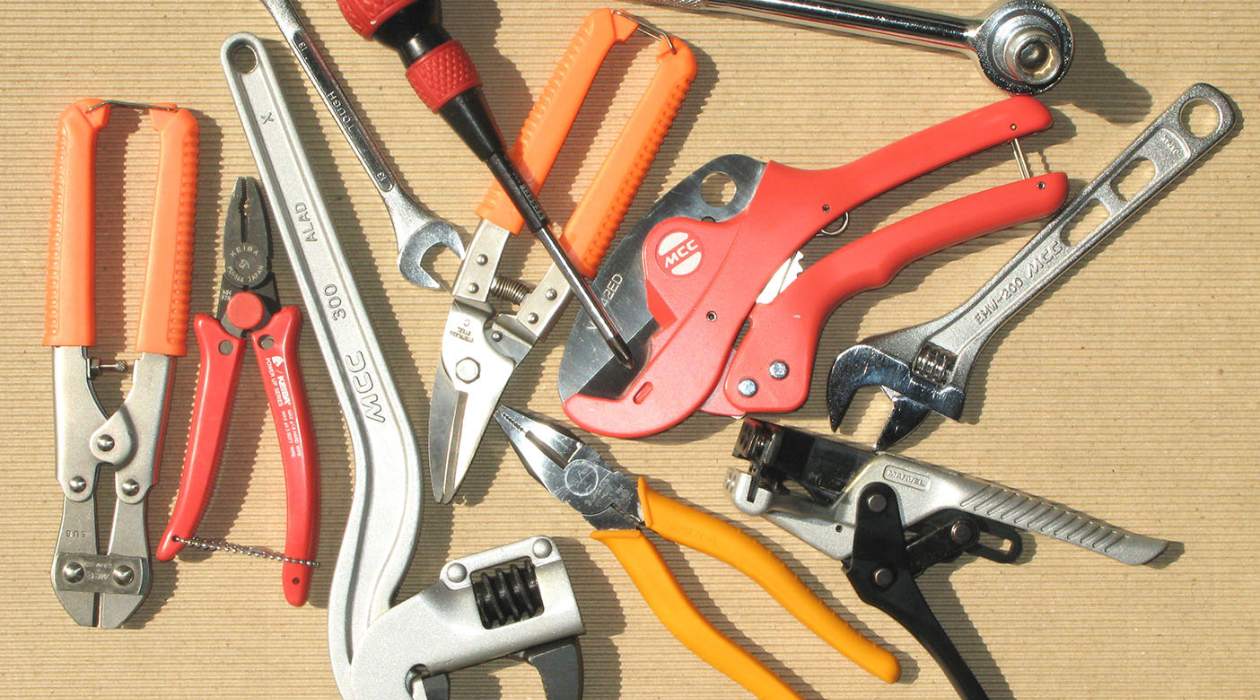

Articles
Safety Precautions To Note When Working With Hand Tools
Modified: January 22, 2024
Discover essential articles on working with hand tools. Master the art of craftsmanship and enhance your DIY skills with our expert tips and tutorials.
(Many of the links in this article redirect to a specific reviewed product. Your purchase of these products through affiliate links helps to generate commission for Storables.com, at no extra cost. Learn more)
Introduction
When working with hand tools, it is essential to prioritize safety. Hand tools, such as hammers, wrenches, screwdrivers, and pliers, are common tools used in various industries and DIY projects. While their functionality and versatility make them indispensable, it’s crucial to be aware of the potential hazards associated with their use.
Hand tool safety involves understanding how to properly use, handle, and maintain these tools to prevent accidents and injuries. Whether you’re a professional tradesperson, a craftsman, or a hobbyist, following safety guidelines is essential to ensure a successful and injury-free project.
This article will delve into the importance of hand tool safety, help you understand the tools, discuss personal protective equipment (PPE), provide basic safety guidelines, emphasize proper hand placement, address tool maintenance and inspection, talk about storing hand tools, highlight common hand tool hazards, touch on emergency preparedness, and conclude with a reminder of the importance of hand tool safety.
Key Takeaways:
- Prioritizing hand tool safety not only protects workers but also enhances efficiency and tool longevity, making it essential for a productive work environment.
- Understanding common hand tool hazards and being prepared for emergencies are crucial aspects of ensuring safety and minimizing the impact of unforeseen events.
Importance of Hand Tool Safety
Hand tools may seem innocuous at first glance, but they can cause serious injuries if used improperly or without the necessary safety precautions. From cuts and punctures to fractures and even amputations, the potential risks associated with hand tool usage are not to be taken lightly.
Here are a few reasons why hand tool safety should be a top priority:
- Worker Safety: Ensuring the safety of workers should be the primary concern in any workplace. By implementing proper hand tool safety measures, employers can reduce the risk of workplace accidents, safeguarding the well-being of their employees.
- Reduced Accidents and Injuries: Adhering to hand tool safety guidelines can significantly reduce accidents and injuries. Simple precautions, such as wearing appropriate personal protective equipment (PPE) and using tools correctly, can prevent many common accidents, such as slips, falls, and strikes.
- Increased Efficiency: When working with hand tools, a safe and organized approach promotes efficiency. By following safety guidelines, workers can avoid unnecessary delays caused by accidents or injuries, thus ensuring that projects are completed in a timely manner.
- Longevity of Tools: Proper use and maintenance of hand tools extend their lifespan. Taking care of the tools reduces the likelihood of breakages, malfunctions, or accidents caused by faulty equipment.
Overall, prioritizing hand tool safety not only protects workers from harm but also contributes to a more productive and efficient work environment. Employers should provide comprehensive training to their workers, ensuring they are well-versed in hand tool safety guidelines. Workers, on the other hand, must be proactive in their approach to safety, consistently following proper procedures and reporting any hazards or concerns.
Understanding the Tools
Before beginning any task that involves hand tools, it is important to have a solid understanding of the tools themselves. Being familiar with the different types of hand tools, their uses, and their limitations can help prevent accidents and ensure efficient and effective work.
Here are some key points to consider when it comes to understanding hand tools:
- Types of Hand Tools: Hand tools come in a wide range of types and variations, each designed for specific purposes. Common hand tools include hammers, screwdrivers, wrenches, pliers, chisels, saws, and many more. Take the time to familiarize yourself with the various types of hand tools and their specific applications.
- Tool Selection: Choosing the right tool for the job is crucial. Make sure to select a tool that is appropriate for the task at hand in terms of size, shape, and functionality. Using the wrong tool can result in inefficiency, damage to the tool or the workpiece, and potential safety hazards.
- Tool Handling: Understanding how to properly handle a hand tool is essential for safe and effective use. Pay attention to the ergonomics of the tool, ensuring a comfortable and secure grip. Familiarize yourself with the weight and balance of the tool to maintain control during use.
- Tool Maintenance: Regular maintenance of hand tools is essential to keep them in good working condition. Clean tools after use to prevent rust or corrosion, and inspect them for any signs of damage or wear. Keep blades sharp and replace damaged or worn-out parts.
- Limitations: Every hand tool has its limitations. It is important to understand the maximum load or force a tool can handle, as exceeding these limitations can lead to tool failure or accidents. Respect the capabilities of the tools and know when it is necessary to seek assistance or use alternative methods.
By understanding the tools, their applications, and their limitations, workers can use hand tools more effectively and safely. Always refer to the manufacturer’s instructions and adhere to proper techniques to maximize the efficiency and longevity of the tools.
Personal Protective Equipment (PPE)
When working with hand tools, it is crucial to prioritize personal safety by wearing the appropriate personal protective equipment (PPE). PPE helps protect against potential hazards and minimize the risk of injuries. Here are some essential PPE items to consider:
- Safety Glasses or Goggles: Eye protection is vital when using hand tools, as flying debris, sparks, or dust can cause serious eye injuries. Safety glasses or goggles with impact-resistant lenses should be worn to shield the eyes from potential hazards.
- Gloves: Wearing gloves provides hand protection and a better grip on tools. Choose gloves made from durable materials that offer protection against cuts, punctures, and abrasions. Consider the specific task at hand and choose the appropriate glove material, such as leather, latex, or nitrile.
- Ear Protection: Some hand tools, such as power drills or saws, can generate loud noise levels that can be damaging to hearing. Protecting your ears with earplugs or earmuffs can help prevent noise-induced hearing loss.
- Respiratory Protection: When working in environments where dust, fumes, or airborne particles are present, respiratory protection should be worn. Disposable masks or respirators can help filter out harmful particles and maintain healthy breathing.
- Protective Clothing: Depending on the task, wearing protective clothing such as coveralls, aprons, or safety vests may be necessary. These items can help protect against chemical splashes, cuts, or other potential hazards.
It is important to note that PPE should be selected based on the specific hazards present in the work environment. Employers should provide appropriate PPE and ensure that workers receive proper training on its correct usage and maintenance.
When using hand tools, always inspect the PPE for any damage or wear before each use. Replace any worn-out or damaged PPE immediately to maintain its effectiveness. Remember, the use of PPE should complement proper work practices and not replace them. Even with the use of PPE, workers should always follow safe operating procedures and maintain awareness of their surroundings.
Basic Safety Guidelines
When working with hand tools, it is essential to follow basic safety guidelines to minimize the risk of accidents and injuries. These guidelines serve as a foundation for safe and effective tool usage. Here are some key safety tips to keep in mind:
- Read the Instructions: Before using any hand tool, familiarize yourself with the manufacturer’s instructions and guidelines. Pay attention to recommended usage, safety precautions, and any specific instructions for the tool you are working with.
- Maintain a Clean and Organized Workspace: Keep your work area clean and free from clutter. Remove any obstacles or hazards that may interfere with your work or cause accidents. Organize your tools in a designated area to minimize the risk of tripping or falling.
- Inspect Tools Before Use: Before using any hand tool, inspect it for signs of damage, wear, or defects. Check handles for cracks or splinters and ensure that moving parts are in good working condition. Do not use tools that are damaged or in need of repair.
- Use Tools for Their Intended Purpose: Each hand tool is designed for a specific task. Only use tools for their intended purpose to prevent accidents and ensure optimal performance. Using tools incorrectly or as makeshift substitutes can lead to tool failure and injuries.
- Properly Position and Secure Workpieces: When using hand tools, ensure that workpieces are properly secured in place. Use clamps or vices to secure materials whenever necessary, keeping them stable and preventing unexpected movement that may cause accidents.
- Protect Yourself and Others: Be aware of your surroundings and the presence of others when using hand tools. Keep a safe distance from others and ensure that bystanders are also wearing appropriate PPE. Communicate with others in the area to avoid any accidental mishaps.
- Take Breaks and Avoid Fatigue: Prolonged or repetitive use of hand tools can lead to fatigue, which increases the risk of accidents. Take regular breaks to rest and stretch your muscles. Avoid using tools when you are tired or mentally fatigued.
- Work in Adequate Lighting: Proper lighting is crucial to ensure you can see the work area and the tools you are using. Insufficient lighting can lead to mistakes or accidents. If needed, use additional lighting sources, such as flashlights or task lights, to improve visibility.
- Report Hazards and Near Misses: If you encounter any hazards or near misses, report them immediately to your supervisor or designated safety personnel. Communication is essential in preventing future accidents and creating a safer work environment.
By following these basic safety guidelines, you can create a safer working environment and minimize the risk of accidents or injuries when using hand tools. Remember, safety should always be the top priority when working with any type of tool.
Proper Hand Placement
When using hand tools, proper hand placement is crucial for maintaining control, preventing injuries, and ensuring optimal performance. Where you place your hands on the tool can greatly affect your ability to maneuver it effectively and avoid accidents. Here are some guidelines for proper hand placement:
- Grip the Tool Firmly: Ensure that you have a secure and firm grip on the tool. Your hand should wrap around the handle or grip comfortably, providing stability and control. Avoid gripping the tool too tightly, as this can cause muscle fatigue and impair your dexterity.
- Avoid Placing Hands in the Strike Zone: For tools like hammers, mallets, or chisels, never place your hand or fingers directly in the strike zone. Instead, hold the tool closer to the base or handle, allowing for a controlled swing or strike without the risk of accidental hand contact.
- Place Hands Away from Sharp Edges: When using tools with sharp edges or cutting blades, keep your hands clear of those areas. Maintain a safe distance from the cutting edge and position your hands on the tool where they won’t come in contact with the sharp parts during use.
- Utilize Two-handed Grip when Necessary: Some hand tools, such as wrenches or screwdrivers, require a two-handed grip for optimal control. Use both hands to grip the tool, placing one hand on the handle and the other near the base or shaft, depending on the tool design.
- Keep Fingers Clear of Moving Parts: When using hand tools with moving parts, such as pliers or adjustable wrenches, be mindful of keeping your fingers clear of the moving areas. Position your fingers on the handles, away from any potential pinching points or the path of the moving parts.
- Position Hands Away from Spinning or Rotating Parts: When operating hand tools with spinning or rotating parts, such as drills or saws, maintain a safe distance from those parts. Place your hands on the handles or grips, making sure they are clear of the spinning or rotating components.
- Adjust Hand Placement for Balance: Some hand tools require balance and even weight distribution during use. Adjust your hand placement accordingly to maintain balance, allowing you to control the tool effectively. Experiment with different hand positions to find the most comfortable and stable grip.
- Practice Hand Tool Ergonomics: Consider ergonomic principles when determining hand placement. Ergonomic design focuses on maximizing efficiency and minimizing strain on the body. Proper hand placement reduces the risk of repetitive strain injuries and enhances overall comfort during tool use.
Remember to always refer to the specific instructions and safety recommendations provided by the tool manufacturer. Each tool may have unique hand placement requirements, and it is essential to follow those guidelines for safe and effective use. By incorporating proper hand placement techniques, you can work with hand tools more efficiently and reduce the risk of accidents and injuries.
Always wear appropriate safety gear, such as gloves and eye protection, when working with hand tools to prevent injuries.
Maintaining and Inspecting Tools
To ensure the safe and effective use of hand tools, it is essential to maintain and inspect them regularly. Proper tool maintenance and inspections not only promote longevity but also help prevent accidents and injuries. Here are some key points to keep in mind when maintaining and inspecting your hand tools:
- Clean Tools After Use: After each use, clean your hand tools to remove any dirt, debris, or residue that may have accumulated. Use a brush or cloth to wipe away surface contaminants, and consider using appropriate cleaning agents for more stubborn substances. Keeping tools clean prevents corrosion and maintains their functionality.
- Inspect for Damage: Before each use, inspect your tools for any signs of damage or wear. Check handles for cracks, splinters, or loose parts. Examine blades, heads, or jaws for signs of wear, chipping, or deformation. Do not use damaged tools, as they can compromise your safety and the effectiveness of the tool.
- Sharpen Blades and Cutting Edges: For tools with blades or cutting edges, such as chisels or saws, regularly sharpen them to maintain their cutting efficiency. Dull blades can make tasks more challenging, leading to increased force or slip-ups, which can result in accidents. Follow proper sharpening techniques or seek professional assistance if needed.
- Lubricate Moving Parts: Hand tools with moving parts, such as pliers or adjustable wrenches, may require lubrication to ensure smooth operation. Apply a small amount of lubricant to the pivot points or hinges to reduce friction and prevent rust or corrosion. Be cautious not to apply excessive lubricant, as it may attract dirt or create a slippery grip.
- Tighten Loose Parts: With regular use, some hand tools may develop loose parts or fasteners. Periodically check and tighten any loose screws, bolts, or nuts to maintain tool integrity. Loose parts can compromise the functionality and safety of the tool, so addressing them promptly is crucial.
- Store in a Dry and Secure Location: Proper tool storage is essential for maintaining their condition. Store hand tools in a dry location to prevent moisture-related damage or rust. Use toolboxes, cabinets, or wall-mounted organizers to keep tools organized and secure. Avoid storing tools in a way that they can fall or cause injuries when accessed.
- Follow Manufacturer’s Recommendations: Always refer to the manufacturer’s instructions and guidelines for specific maintenance and inspection recommendations for your hand tools. Different tools may have unique requirements, and it is important to follow these guidelines to ensure safe and optimal tool performance.
By regularly maintaining and inspecting your hand tools, you can identify and address potential issues before they become safety hazards. Additionally, well-maintained tools contribute to better work quality and efficiency. Make tool maintenance and inspections part of your regular routine to prolong the lifespan of your tools and enhance your overall safety while using them.
Storing Hand Tools
Proper storage of hand tools is essential for their longevity, safety, and accessibility. Well-organized and secure storage ensures that tools are protected from damage, easily located when needed, and stored in a way that minimizes the risk of accidents. Here are some key considerations for storing hand tools:
- Clean and Dry Tools: Before storing your hand tools, clean them thoroughly to remove any dirt, debris, or moisture. This helps prevent corrosion and keeps the tools in good condition during storage. Ensure that tools are completely dry before putting them away to avoid water damage.
- Organize by Type and Function: Categorize your hand tools based on their type or function. Grouping similar tools together makes it easier to locate specific tools when needed. Consider using toolboxes, pegboards, wall-mounted racks, or drawer organizers to keep your tools organized and easily accessible.
- Protective Storage Options: Utilize appropriate storage containers or holders to provide protection for your hand tools. Consider using tool cases, foam inserts, or pouches to keep tools from getting damaged or scratched during storage or transport. Plastic or metal toolboxes with compartments can also help keep tools organized and protected.
- Secure Storage: Ensure that your storage area is secure and inaccessible to unauthorized individuals. Lockable cabinets or tool chests provide an extra level of security, preventing tools from being accidentally accessed or stolen. Securely store your tools in a designated area to minimize the risk of tools falling and causing injuries.
- Proper Hanging: For tools with handles or hanging holes, consider using pegboards, hooks, or hangers to hang them on walls or panels. This keeps tools visible, easily accessible, and reduces the chances of blades or edges coming into contact with other stored items, which can cause damage or injuries.
- Labeling and Inventory: If you have a large collection of tools, consider labeling or tagging them to make it easier to identify and locate specific tools. Maintaining an inventory of your tools can also help you keep track of what you have and ensure nothing goes missing.
- Proper Handling during Storage: When placing tools in storage, handle them with care. Avoid tossing or dropping them, as this can cause unnecessary damage. Instead, place them gently in their designated storage area to prolong their lifespan.
Remember that proper storage not only protects your hand tools but also contributes to a safer working environment. Storing tools in an organized and secure manner reduces the risk of accidents and injuries when accessing or handling them. Take the time to establish a well-designed tool storage system that suits your needs and ensures the longevity and safety of your hand tool collection.
Common Hand Tool Hazards
While hand tools are invaluable for various tasks, it’s important to be aware of the potential hazards they can pose. Understanding these common hazards can help you take the necessary precautions to minimize the risk of accidents and injuries. Here are some of the most common hand tool hazards to be mindful of:
- Cuts and Lacerations: Hand tools with sharp edges, such as knives, saws, or chisels, can cause cuts or lacerations if not used properly. Ensure that blades are sharp, use correct cutting techniques, and always cut away from your body and other people.
- Impact Injuries: Hand tools like hammers, wrenches, or mallets can cause significant impact injuries if used carelessly or if the tool slips from your grasp. Maintain a firm grip, position your hands correctly, and focus on accuracy and control to prevent accidental impacts.
- Pinch Points: Hand tools with moving parts, such as pliers, clamps, or adjustable wrenches, can pose pinch point hazards. Be careful not to place your fingers or skin in the path of moving parts. Use tools with proper handles or grips to minimize the risk of pinching.
- Struck-by Accidents: Hand tools can become projectiles if used improperly or when struck unintentionally. Take care to ensure that you have a clear and safe workspace and avoid striking tools against hard surfaces excessively or recklessly.
- Falling Tools: When working at heights or on elevated platforms, dropping or accidentally knocking tools can pose a significant hazard to yourself and others below. Always secure tools using lanyards, tool belts, or other secure mechanisms to prevent them from falling.
- Ergonomic Hazards: Continued and repetitive use of hand tools can lead to ergonomic hazards, such as musculoskeletal injuries or excessive strain on muscles and joints. Take frequent breaks, practice proper posture and technique, and use ergonomically designed tools to reduce the risk of developing these types of injuries.
- Electrical Hazards: Hand tools that are powered by electricity, such as drills or saws, can expose users to electrical hazards if not used correctly. Ensure that tools are properly grounded, use appropriate PPE and follow electrical safety guidelines to prevent electrical shocks or other electrical accidents.
- Chemical Hazards: Some hand tools, like paint scrapers or wire strippers, may come into contact with chemicals or hazardous substances. Take precautions to protect yourself from chemical exposure, such as wearing appropriate gloves and ensuring proper ventilation in the workspace.
It’s crucial to receive proper training on the safe and correct use of hand tools to mitigate these hazards effectively. Adhering to safety guidelines, using appropriate personal protective equipment (PPE), and staying alert and focused while using hand tools can significantly reduce the risk of accidents and injuries.
Emergency Preparedness
Even with all the necessary precautions and safety measures in place, emergencies can still occur when working with hand tools. Being prepared for potential emergencies is essential to minimize the impact and ensure the safety of everyone involved. Here are some key steps to take for emergency preparedness:
- First Aid Training: Obtain first aid and CPR training to be prepared for any injuries or medical emergencies that may occur while working with hand tools. Knowing how to respond to accidents and provide immediate care can make a significant difference in preventing further harm and promoting recovery.
- Emergency Communication: Establish clear communication procedures in your workplace or job site. Identify emergency contact numbers and ensure they are easily accessible. In case of an emergency, quickly notify the appropriate personnel and follow any emergency protocols that are in place.
- Fire Safety: Hand tools can sometimes create situations that may lead to fires due to sparks or electrical malfunctions. Ensure that fire extinguishers are readily available, properly maintained, and everyone is trained on their usage. Familiarize yourself with the location of fire exits and evacuation procedures.
- Emergency Evacuation Plan: Create and review an emergency evacuation plan that includes safe routes, assembly points, and designated meeting areas. Ensure that everyone in your workplace or team is aware of the plan and knows how to respond during an emergency situation.
- Tool-Specific Emergency Protocols: Some hand tools have specific emergency protocols that should be followed in case of malfunctions or accidents. Become familiar with these protocols and ensure that everyone using these tools is trained on them. These protocols may include shutting off power sources, activating emergency stop buttons, or safely releasing pressure.
- Personal Protective Equipment (PPE): Ensure that everyone using hand tools is wearing the appropriate PPE for their specific tasks. In an emergency situation, PPE can provide an additional layer of protection. Regularly inspect PPE and replace any damaged or worn-out equipment.
- Escape Routes and Access: Keep escape routes and access to emergency equipment clear and unobstructed. Do not store tools or other materials in a way that hinders quick and safe evacuation. Regularly check emergency exits, fire alarms, and other safety equipment to ensure they are functioning properly.
- Periodic Emergency Drills: Conduct periodic emergency drills to practice and reinforce emergency preparedness protocols. These drills help familiarize everyone with the proper actions to take during an emergency and identify any areas that require improvement or adjustment.
Emergency preparedness is a vital aspect of working with hand tools. By taking the necessary steps to prepare for potential emergencies, you not only protect yourself but also create a safer working environment for everyone involved. Stay vigilant, communicate effectively, and be proactive in implementing emergency preparedness strategies to minimize the impact of unforeseen events.
Conclusion
Working with hand tools requires more than just skill and precision; it demands a thorough understanding of safety practices and precautions. By prioritizing hand tool safety and following the guidelines provided, you can minimize the risk of accidents and injuries while maximizing efficiency and productivity.
We explored the importance of hand tool safety, emphasizing the need to prioritize worker safety and reduce accidents and injuries. Understanding the different types of hand tools, their uses, and limitations is crucial for safe and effective tool usage. Personal protective equipment (PPE) plays a vital role in safeguarding against potential hazards, and using the right PPE for each task is essential.
Basic safety guidelines, such as reading instructions, maintaining a clean workspace, and inspecting tools before use, should always be followed. Proper hand placement ensures control and minimizes the risk of accidents, and maintaining and inspecting tools regularly promotes longevity and reduces the chance of malfunctioning or defective tools.
Storing hand tools in a clean, organized, and secure manner protects them from damage and reduces the risk of accidents during storage or retrieval. Understanding common hand tool hazards, such as cuts, impact injuries, and electrical or chemical hazards, helps us take the necessary precautions to mitigate potential risks.
Lastly, being prepared for emergencies is crucial. First aid training, clear communication, fire safety measures, and periodic drills are all important aspects of emergency preparedness when working with hand tools.
Remember, hand tool safety is an ongoing process that requires constant vigilance and adherence to proper practices. By consistently following safety protocols and integrating them into your work routine, you can create a safer work environment and protect yourself and others from unnecessary harm.
So, whether you’re a professional tradesperson or a DIY enthusiast, always prioritize hand tool safety to ensure successful and injury-free projects. Stay aware, stay safe, and make hand tool safety a foundational principle in everything you do.
Frequently Asked Questions about Safety Precautions To Note When Working With Hand Tools
Was this page helpful?
At Storables.com, we guarantee accurate and reliable information. Our content, validated by Expert Board Contributors, is crafted following stringent Editorial Policies. We're committed to providing you with well-researched, expert-backed insights for all your informational needs.
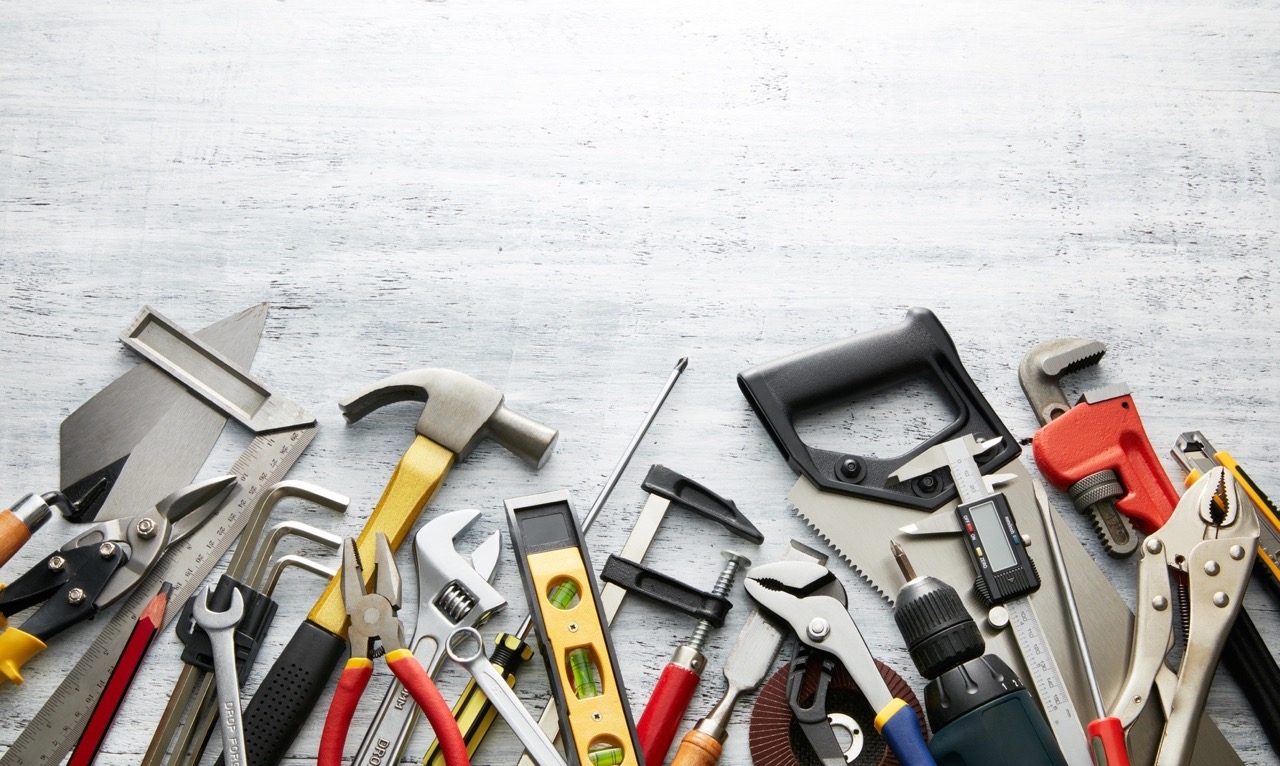
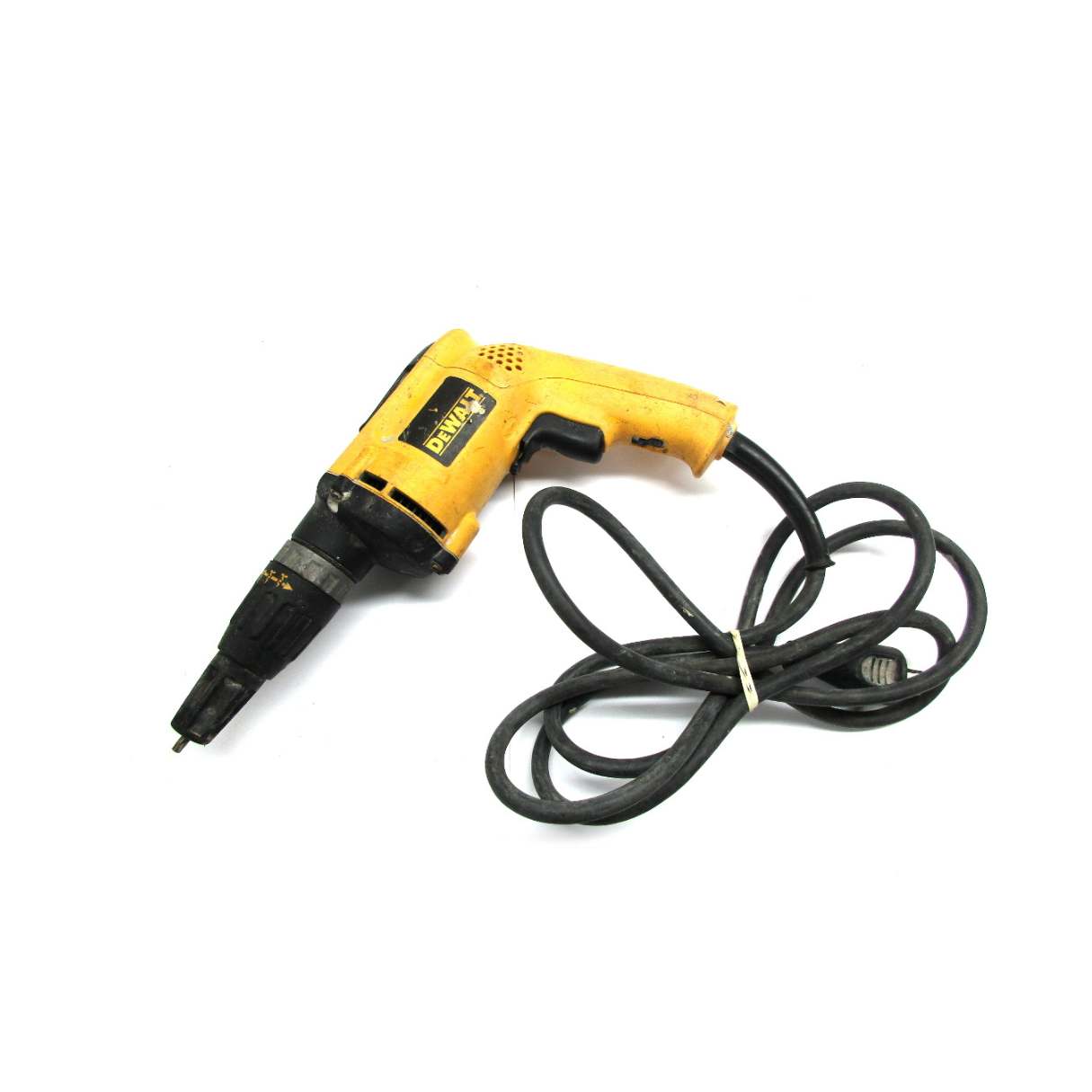
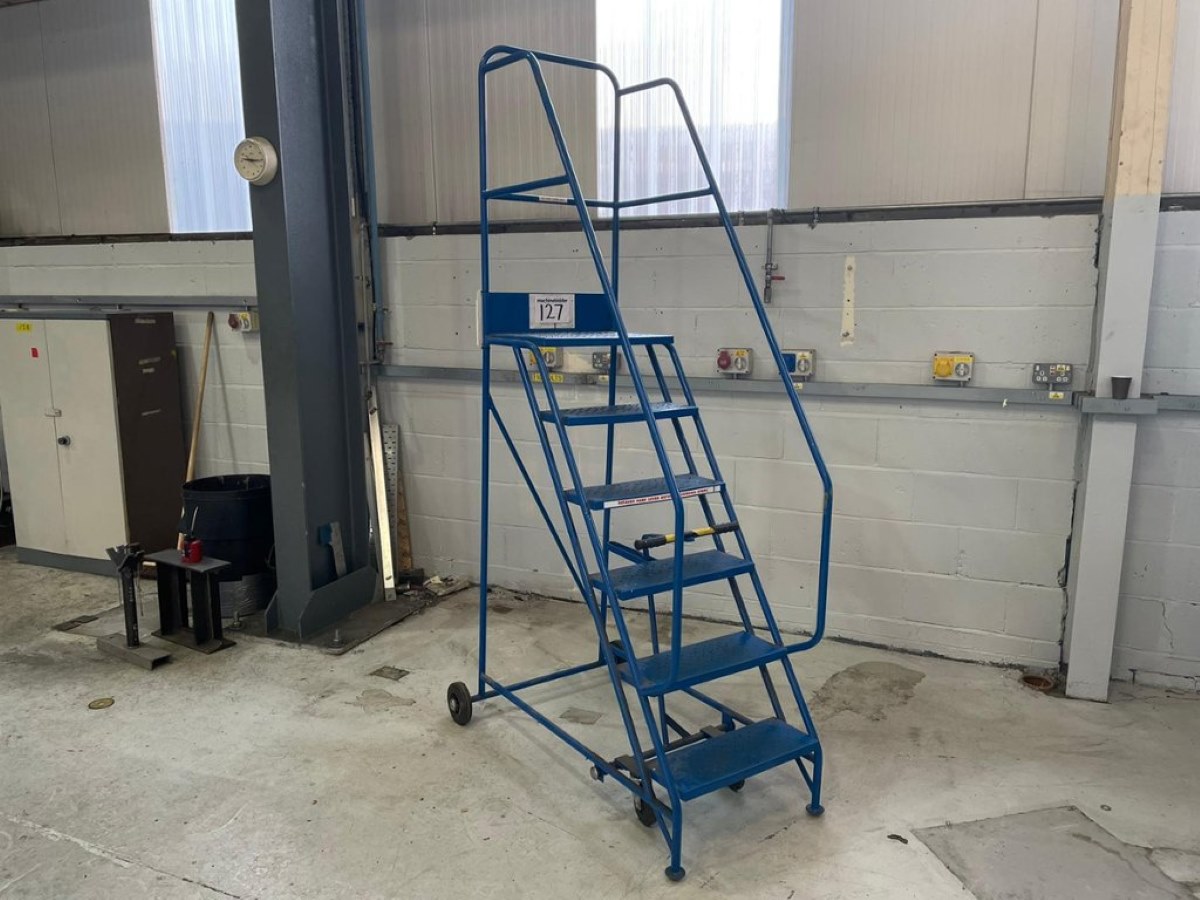
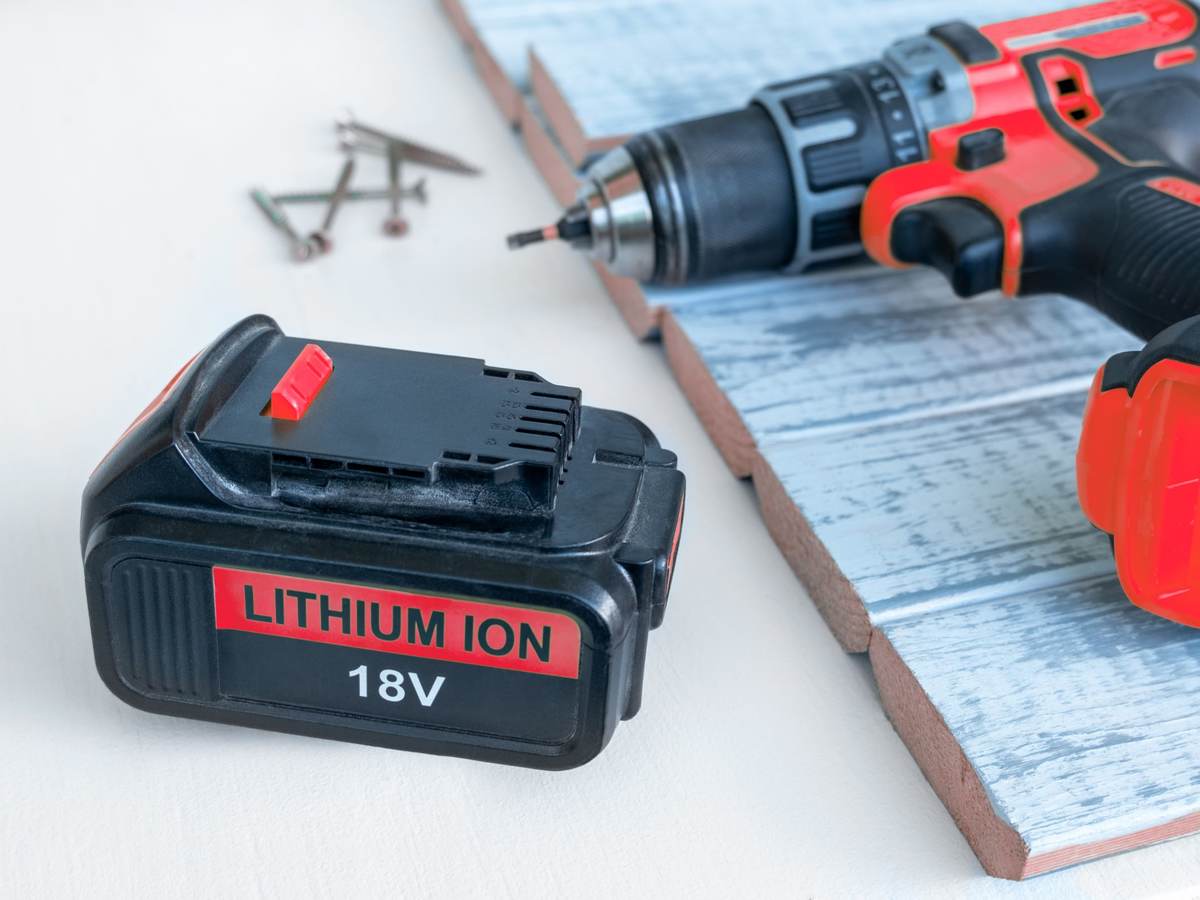
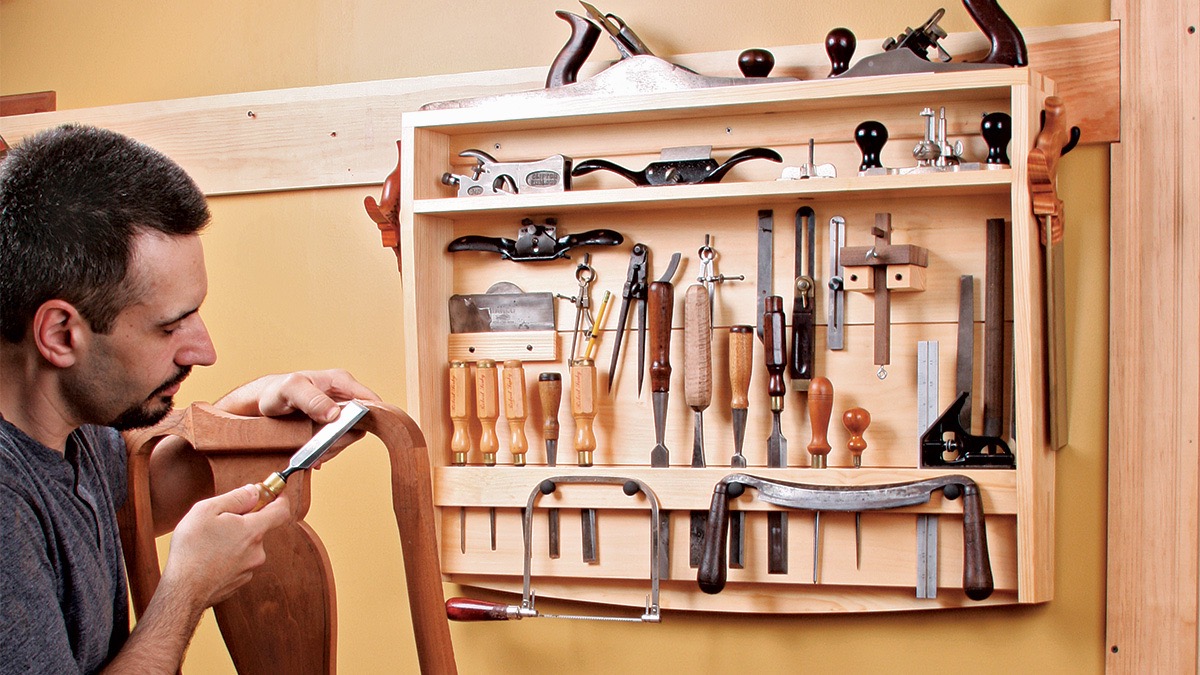
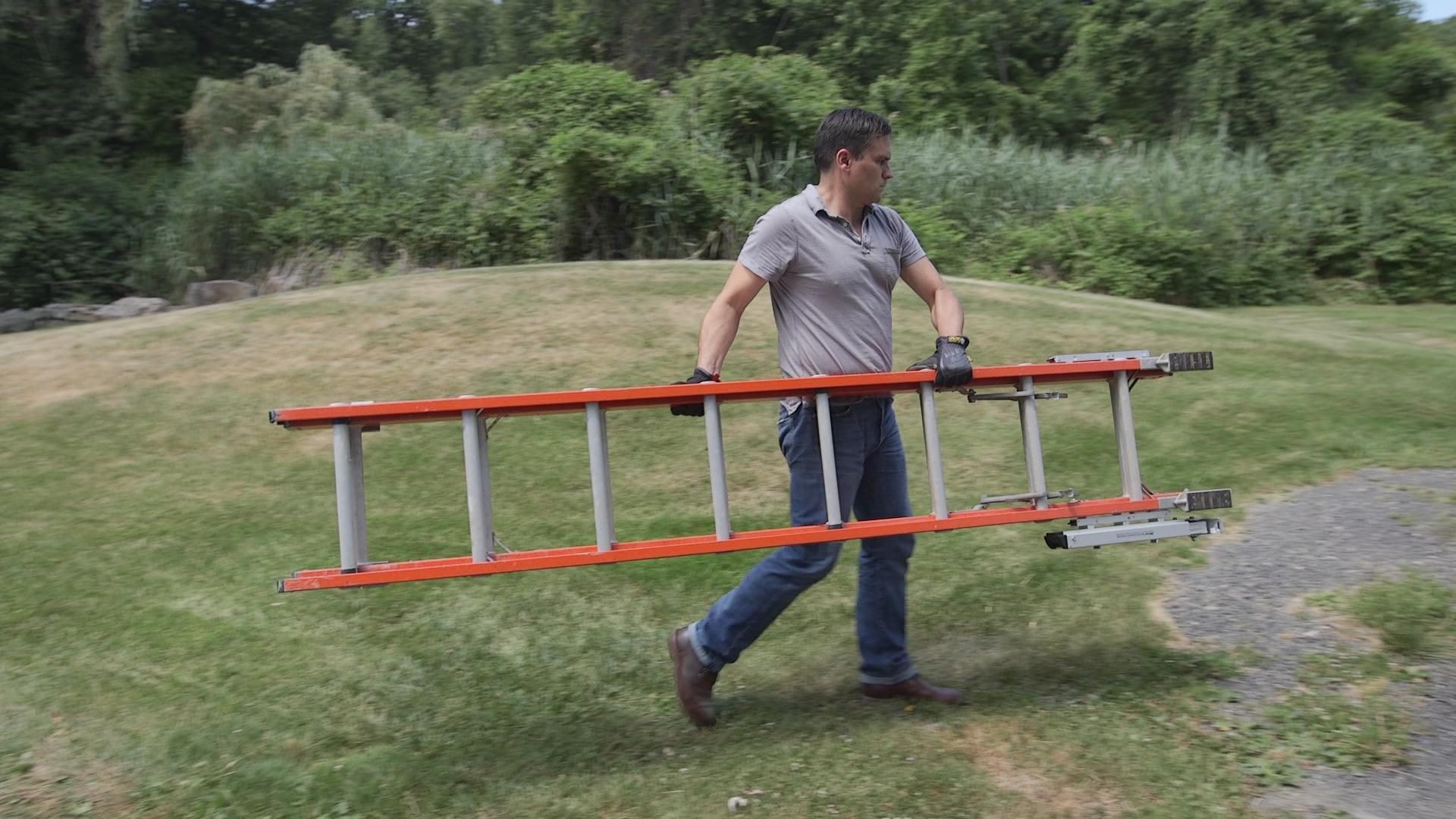
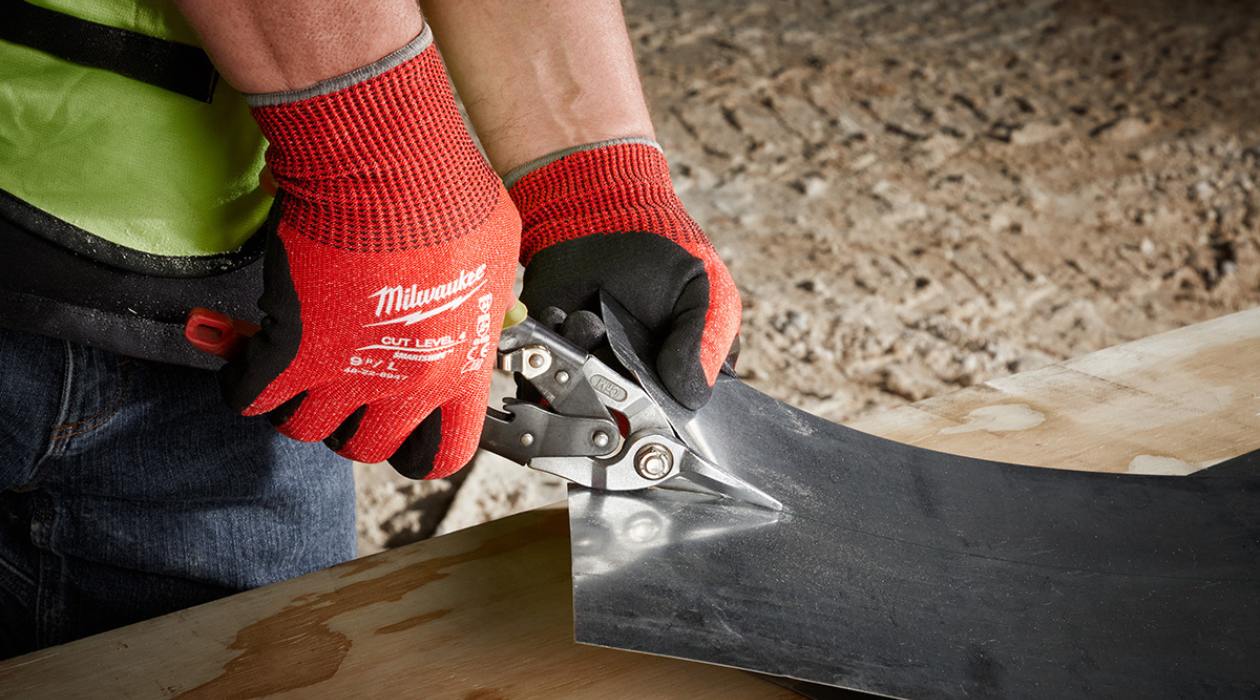
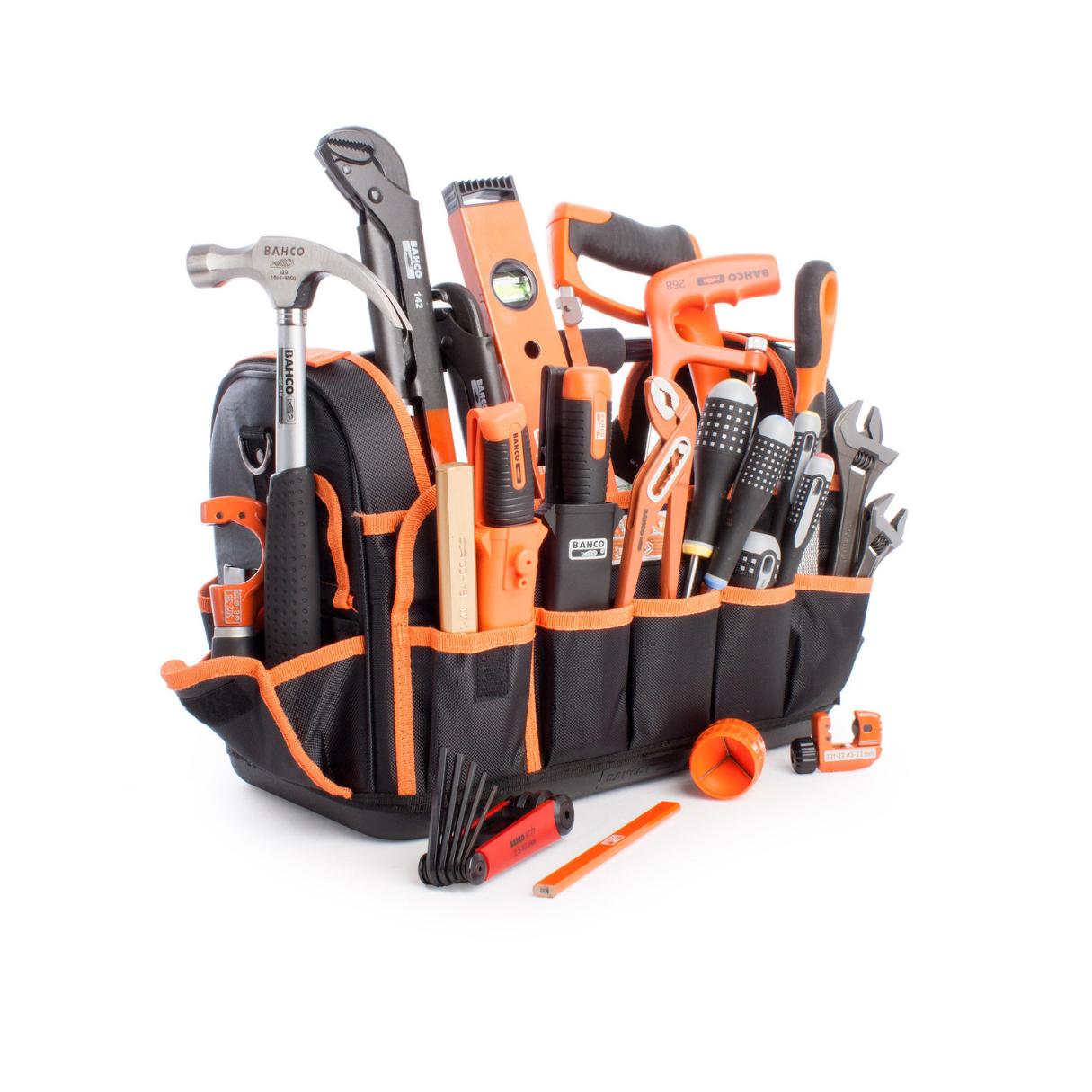
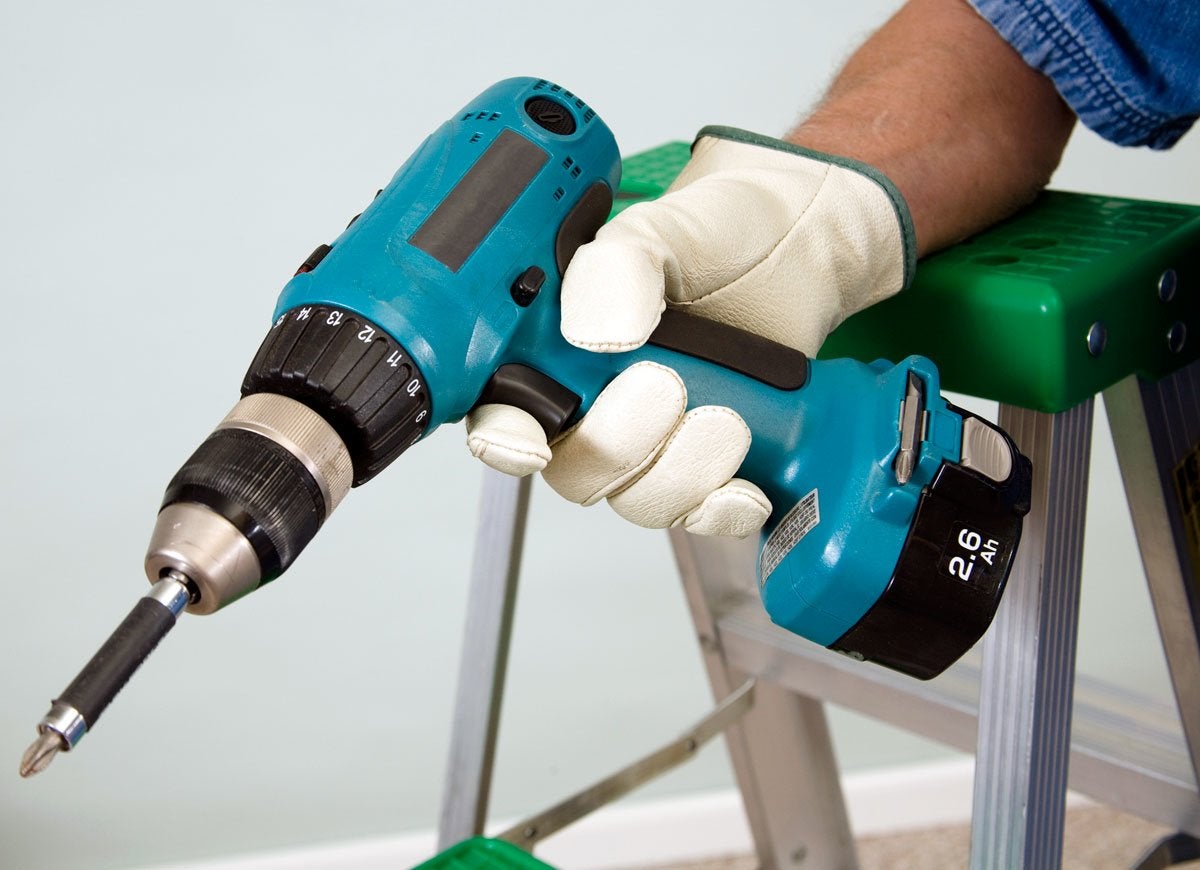
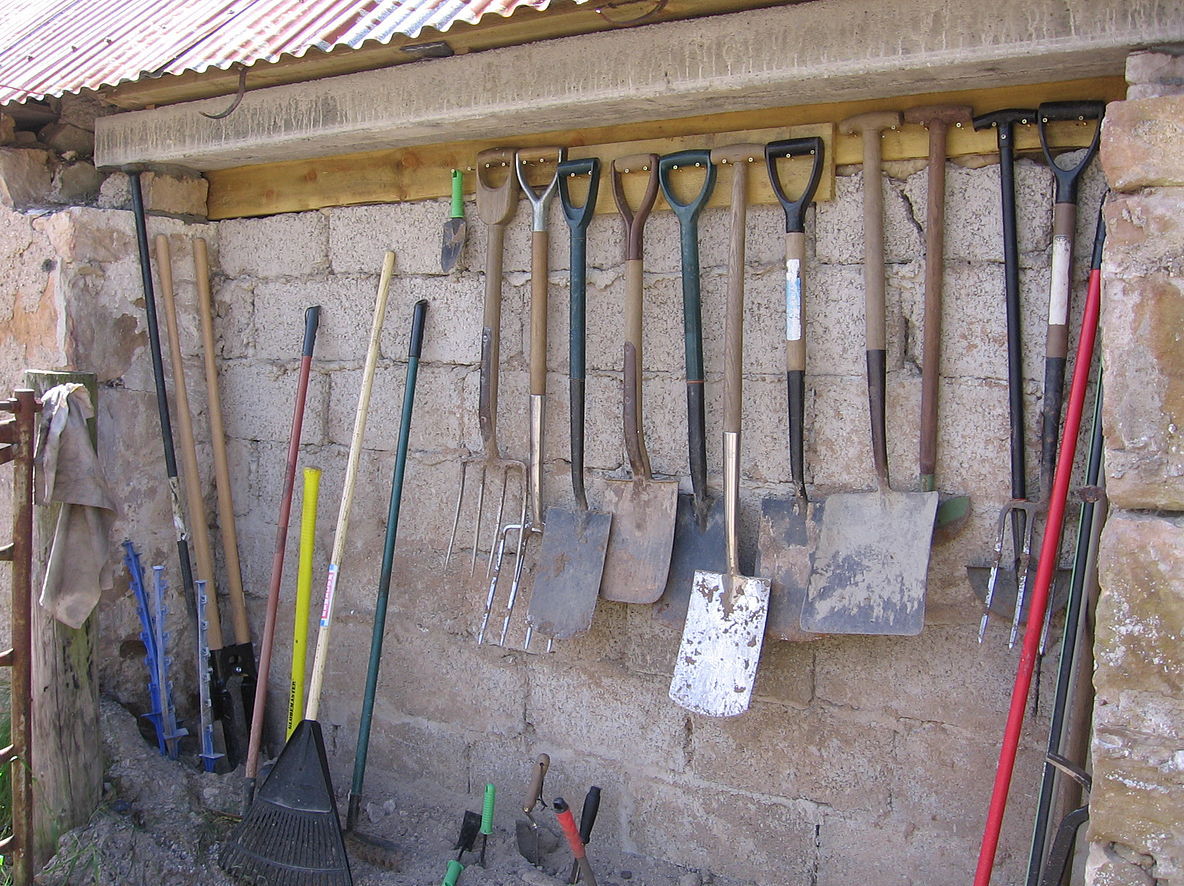
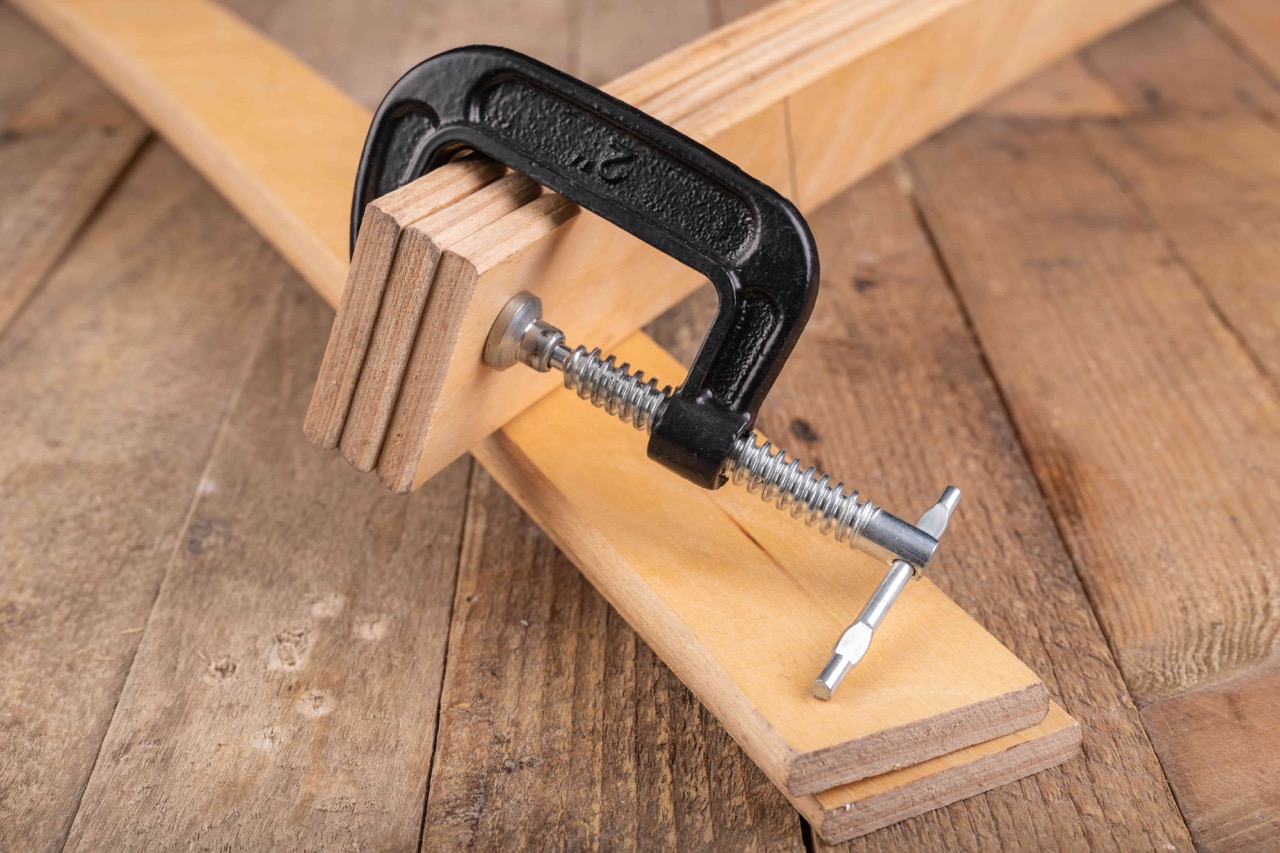
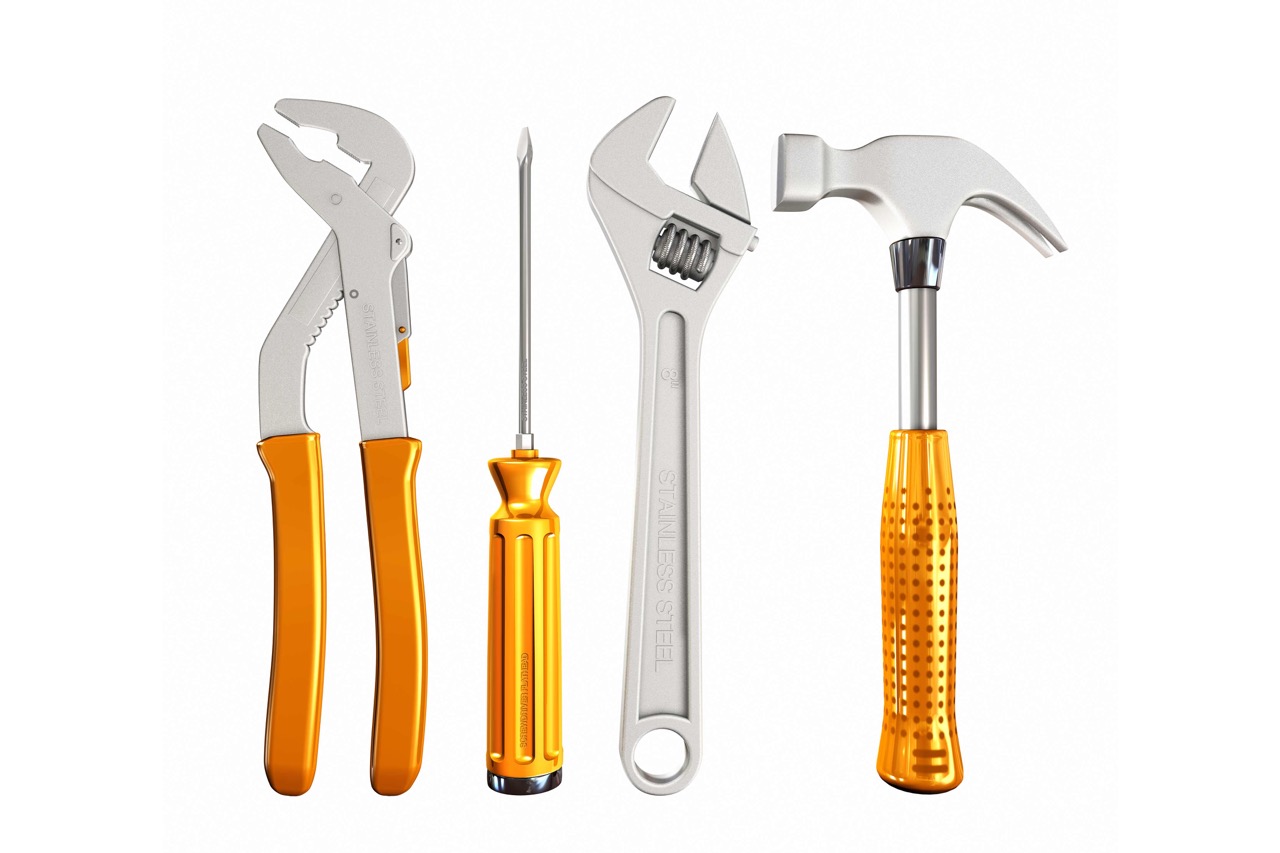


0 thoughts on “Safety Precautions To Note When Working With Hand Tools”